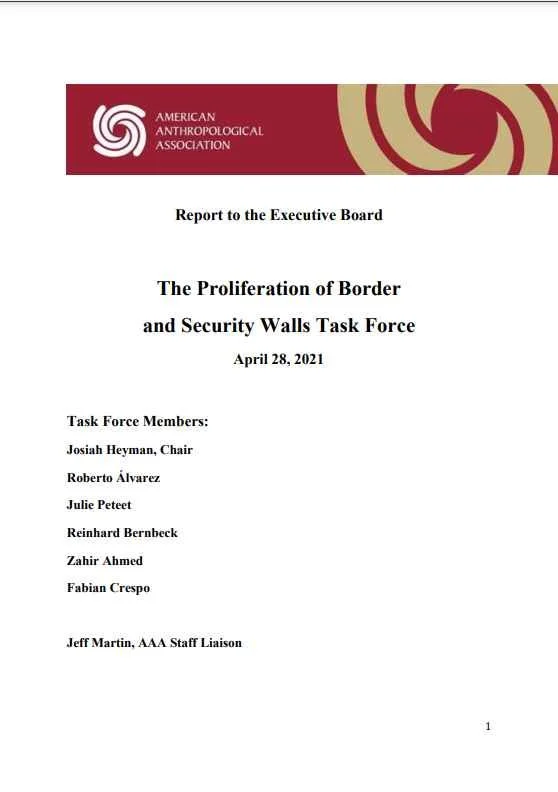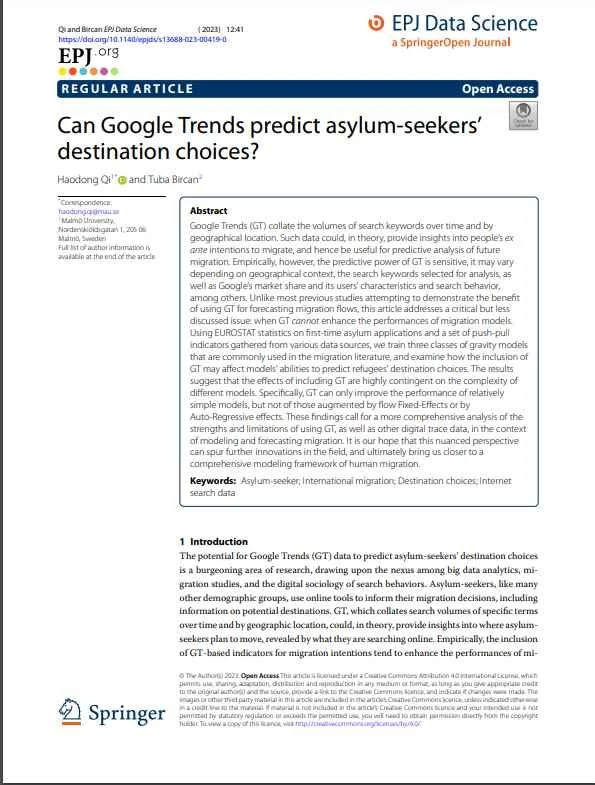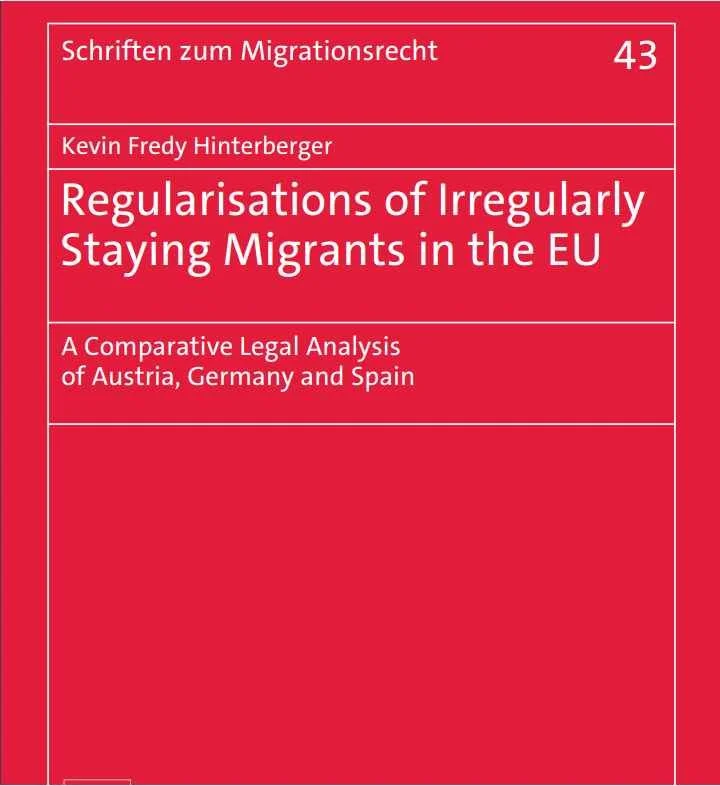By Jessica Garrick and Andrew Schrank
This study explores the relationship between “sanctuary policies” that bar local law enforcement agencies from cooperating with federal immigration authorities and immigrant attitudes toward law enforcement agencies. It draws upon original survey data collected in New Mexico in 2019 and finds:
First, that immigrants who believe they are protected by sanctuary have more trust in their police and sheriffs than immigrants who anticipate collaboration between local law enforcement and immigration authorities;
Second, that awareness of sanctuary policies is nonetheless the exception to the rule, particularly among immigrant men.
The study therefore highlights not only the limits to sanctuary policies sensu stricto but the limited scope and gendered nature of legal consciousness among immigrants in a multilayered enforcement regime.
Our findings suggest that promoting sanctuary policies to immigrant communities, particularly through immigrant-serving agencies, may be nearly as critical in improved immigrant-police relations, as adopting sanctuary policies. The Department of Homeland Security and the courts should therefore adopt a uniform definition of sanctuary and disseminate it to state and local officials — especially in law enforcement — throughout the country. Furthermore, localities that adopt sanctuary policies should publicize them as widely as possible so that they have the desired effect in immigrant communities and facilitate the improvement of police-community relations in particular.
Journal on Migration and Human Security, 2023.

























